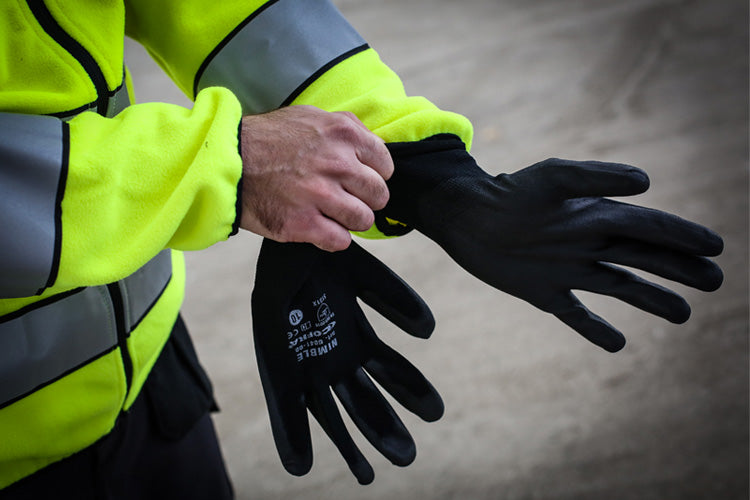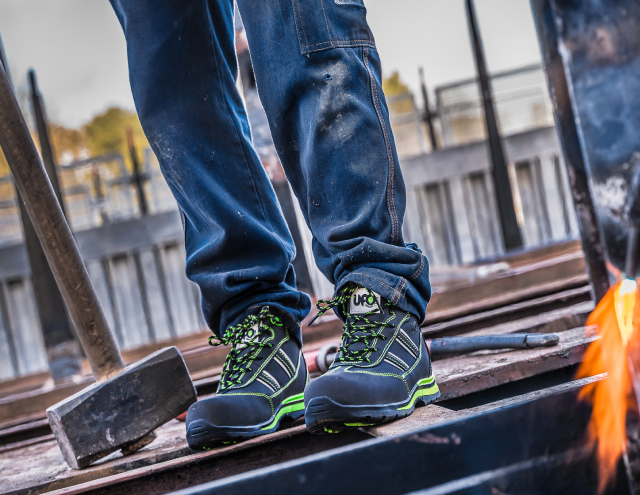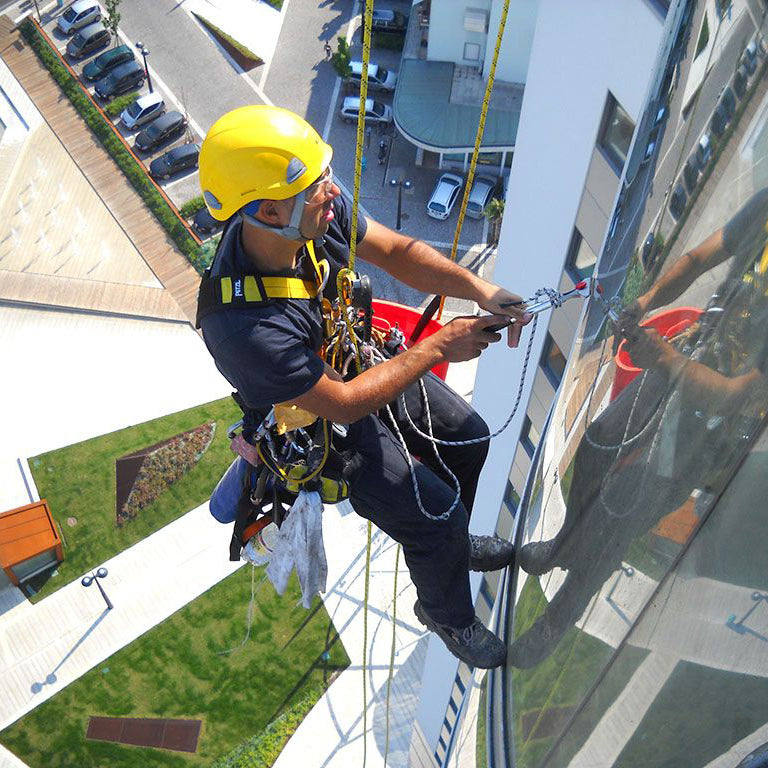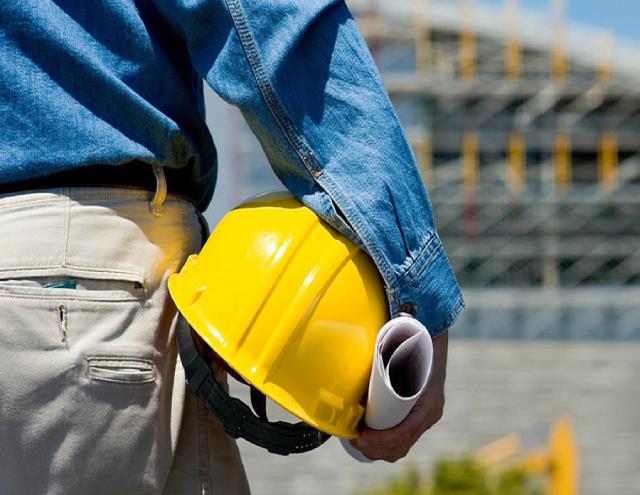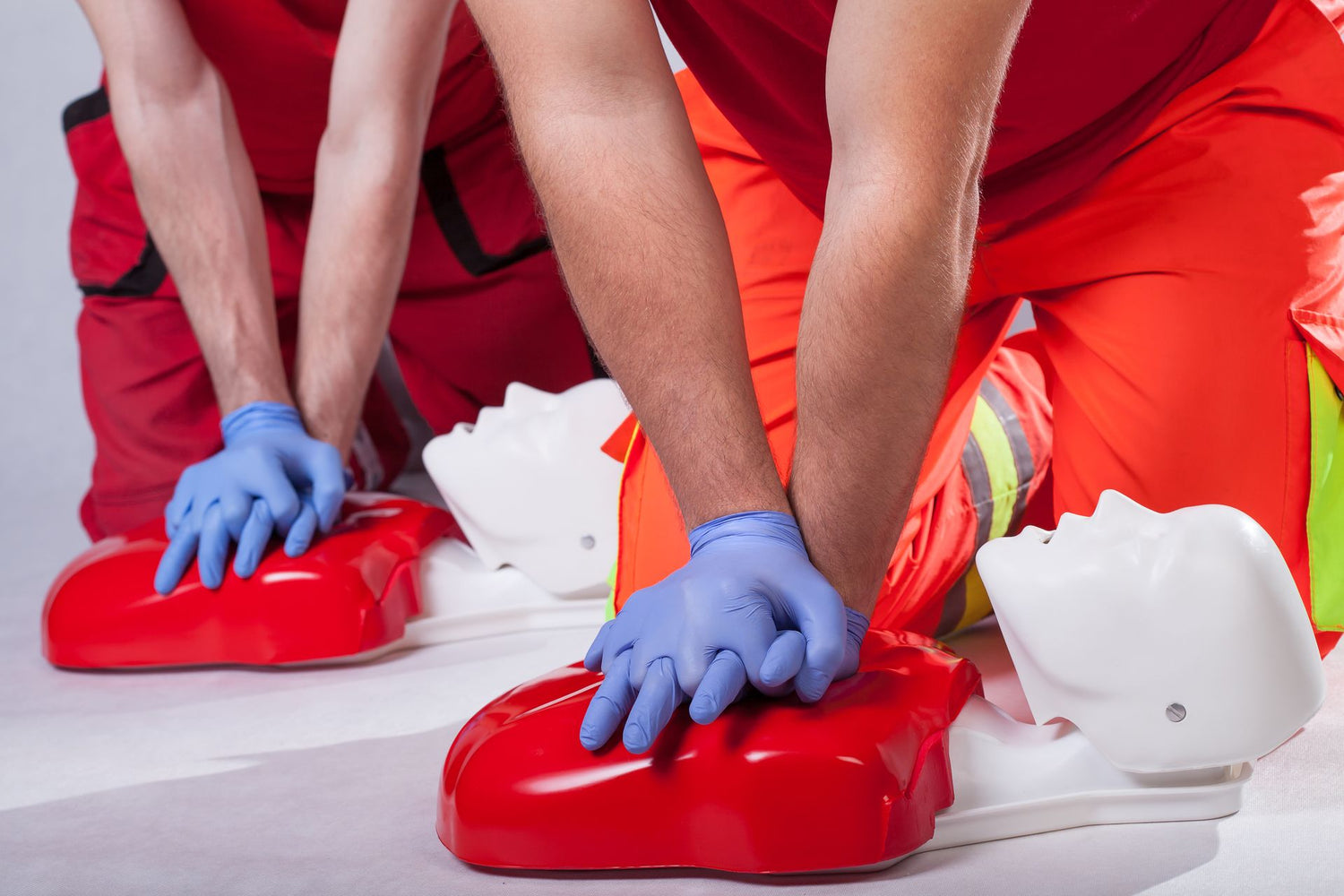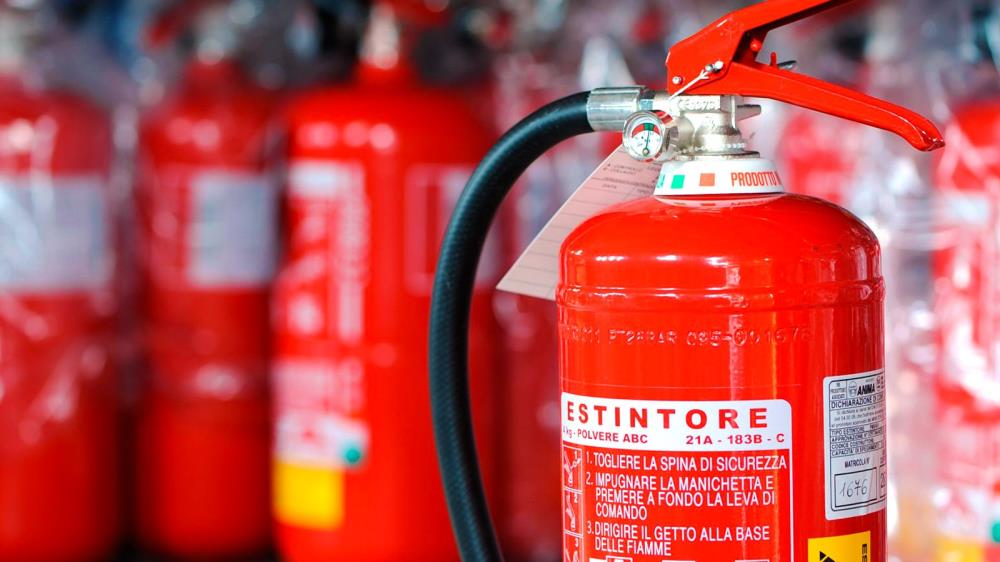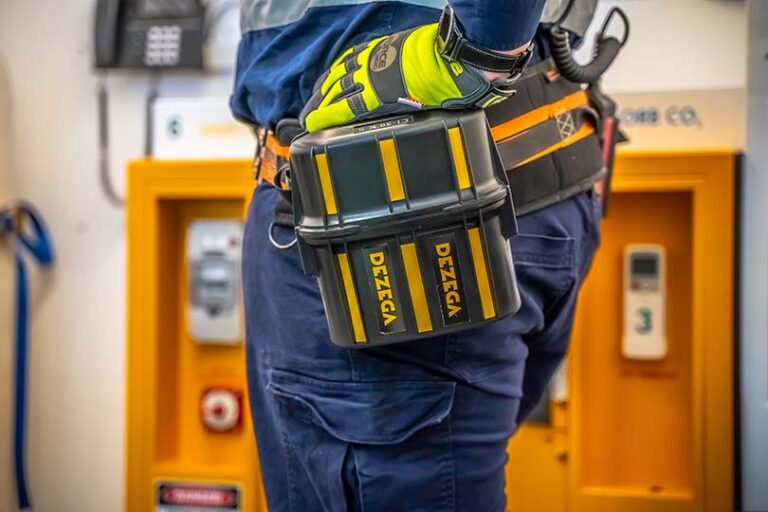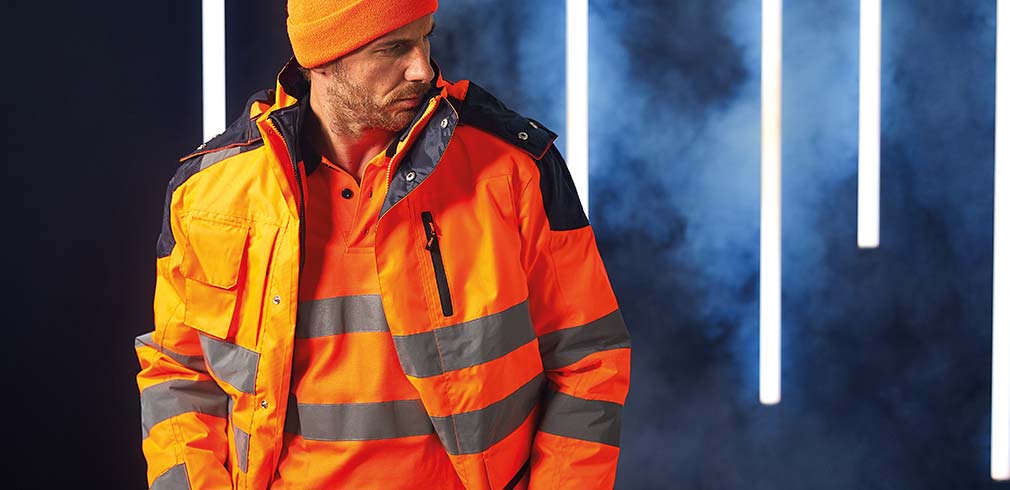Some carabiners have D-shaped bodies, others are HMS-shaped or pear-shaped. In general, D-shaped carabiners are more common for climbing, as they have greater strength than other types of carabiners. HMS-shaped and pear-shaped carabiners are more common in caving and working at height.
The finger:
The finger of the carabiner is the part that opens to allow the rope or harness to be inserted. Typically, carabiners have a spring-loaded finger, which opens when you press a small button located on the top of the carabiner. However, there are also carabiners with a screw finger, which must be unscrewed manually to open the carabiner.The locking system:
The locking system is the part that prevents the carabiner finger from accidentally opening. Locking systems can be of different types. Carabiners without a locking system are known as quick release carabiners. These carabiners are only used in situations where there is no risk of falling.Locking carabiners are used in situations where there is a risk of falling. The locking systems can be screw or lever. Screw-in carabiners require your finger to be screwed in by hand to lock the carabiner. Snap hooks automatically lock when the finger is released.
The 25 kn steel quick-attach hook opening 65 mm is a carabiner with a lever locking system. This means that the carabiner locks automatically when the finger is released. This type of locking system is particularly useful in situations where the user is constantly on the move, as it reduces the risk of the carabiner opening accidentally.
The carabiner has a large double action opening, allowing you to easily connect to other components. The large opening also means that the carabiner can be used with a variety of equipment, including slings and ropes of different diameters.
The carabiner is suitable for use in the construction and industrial sectors. This means that it has been designed to withstand high loads and to be used in situations where safety is paramount.
The weight of the carabiner is 0.34kg, making it light and easy to carry. Lightness is especially important in situations where the user has to carry a large amount of equipment.


